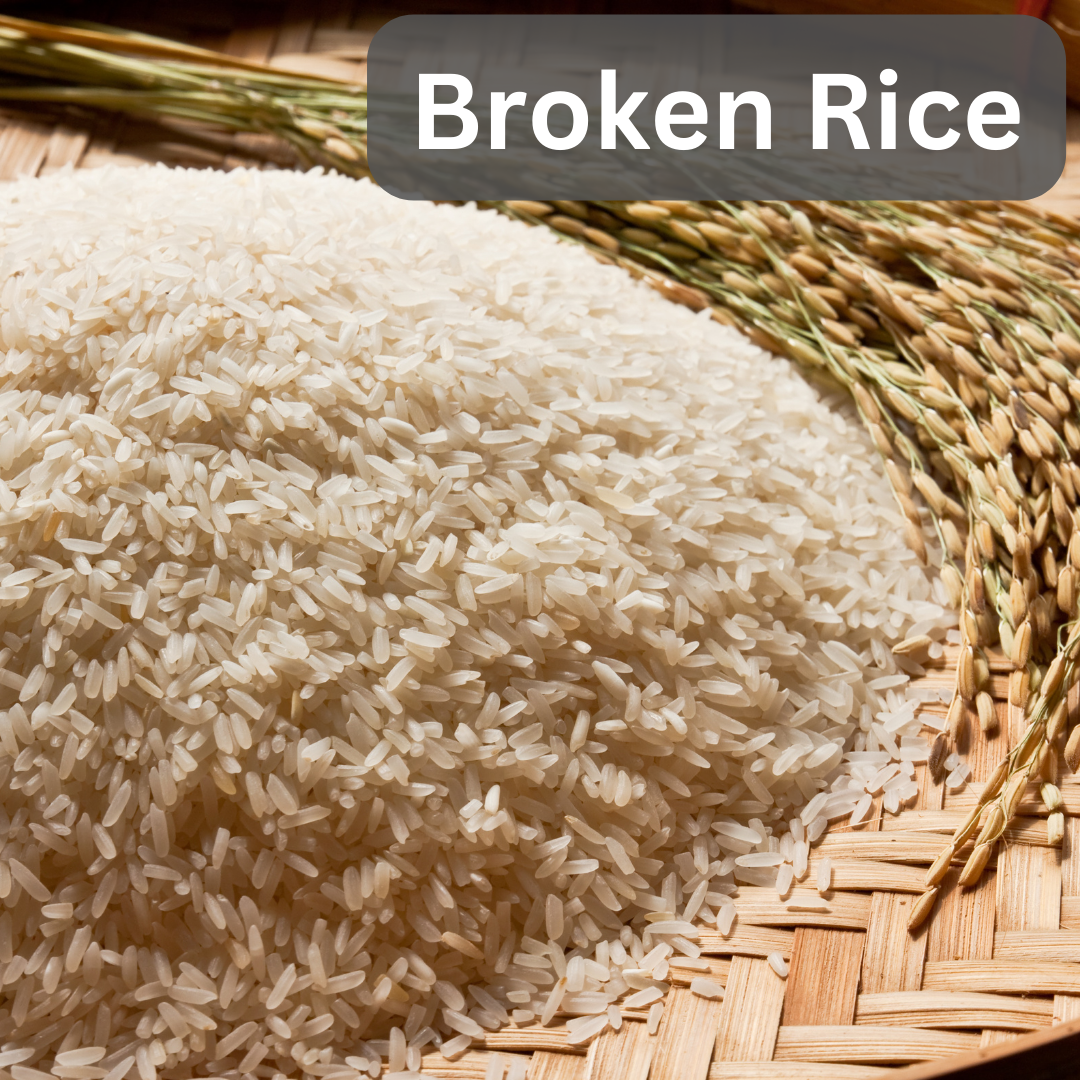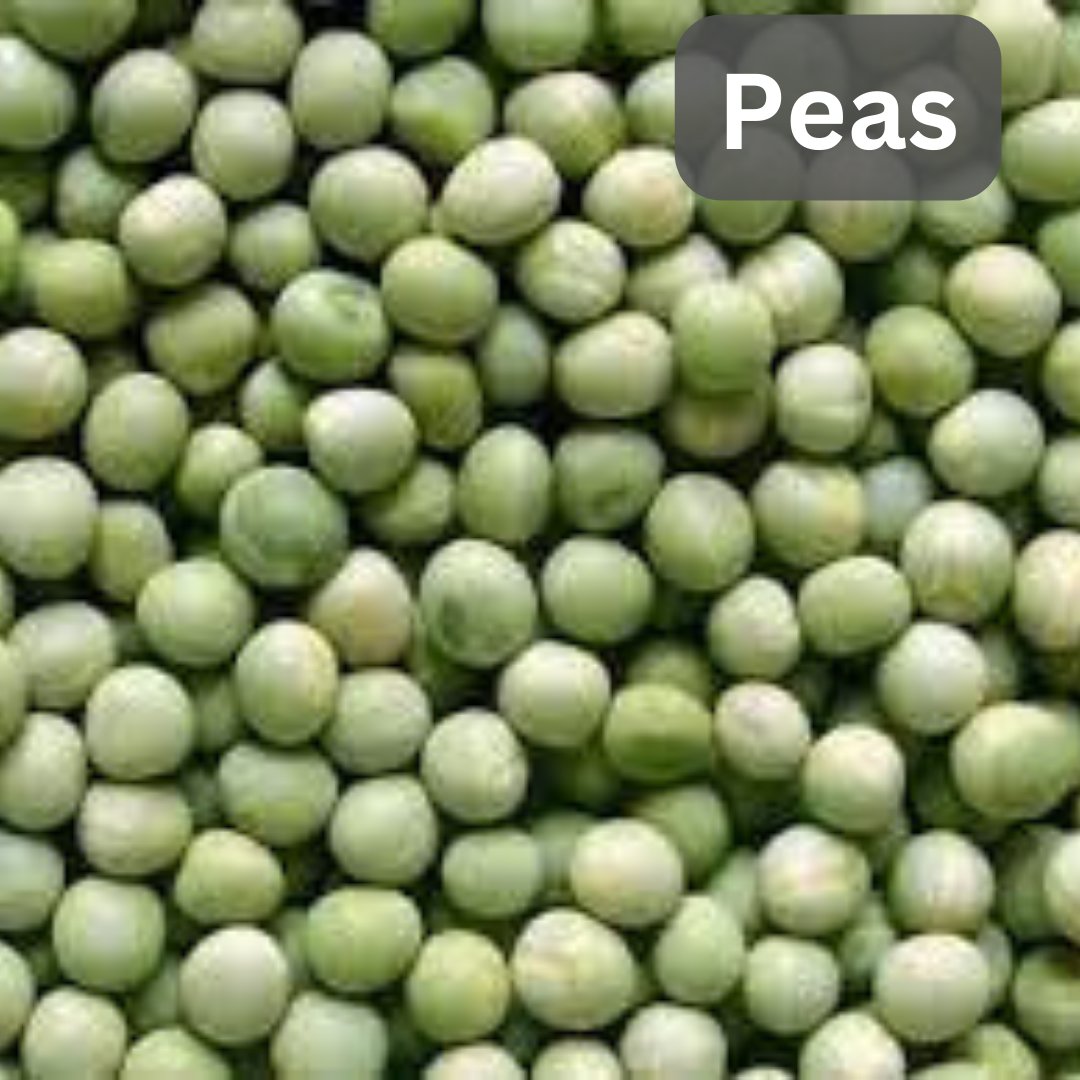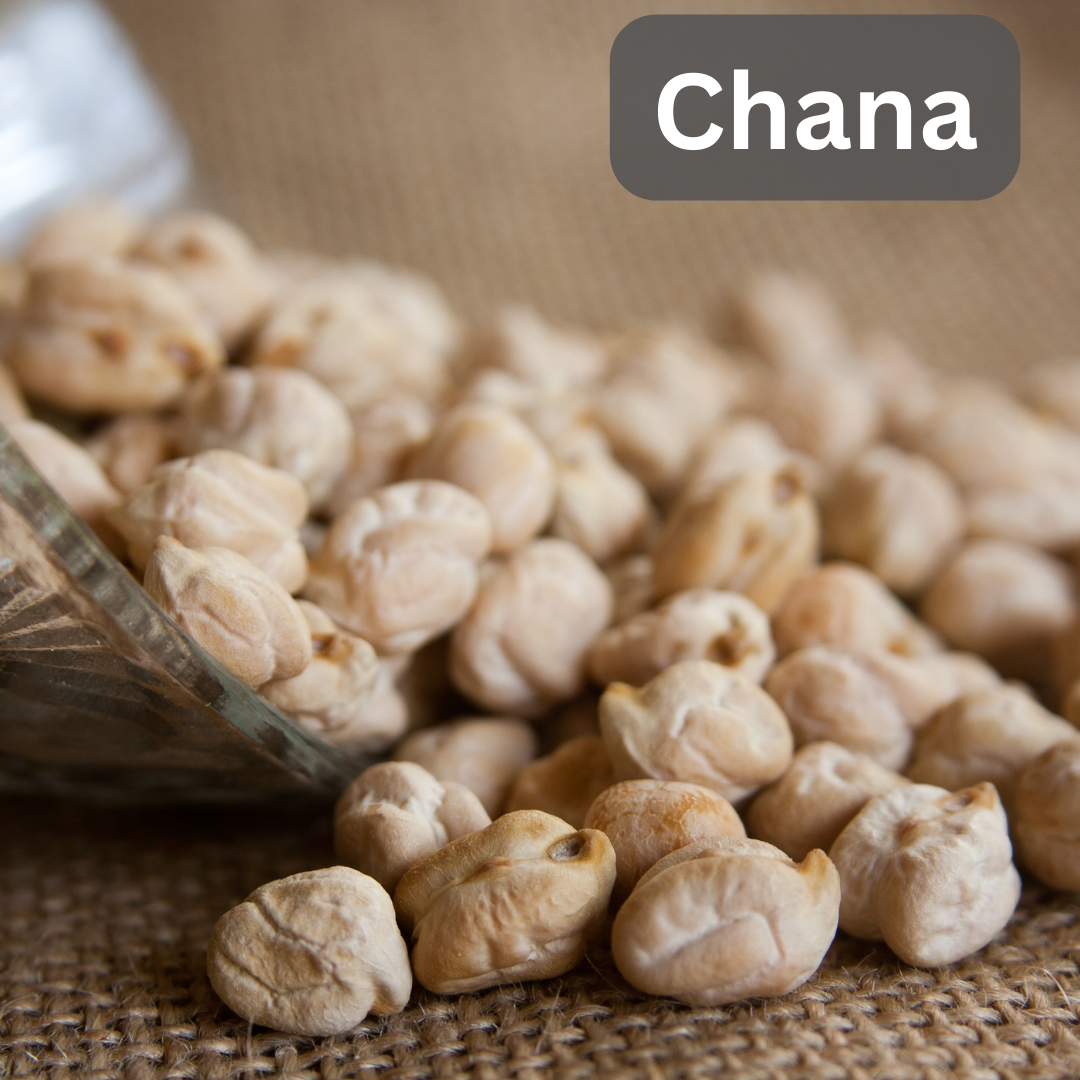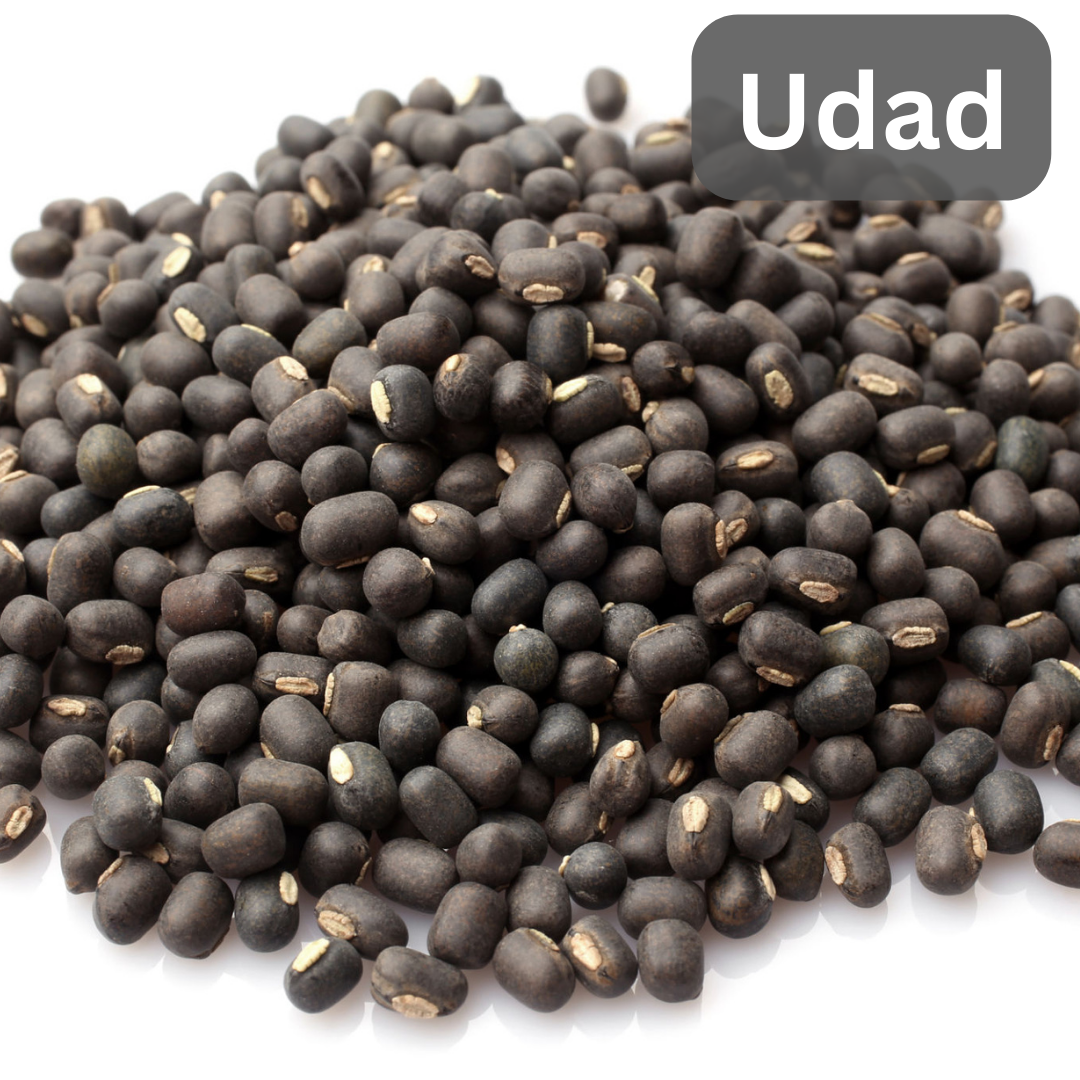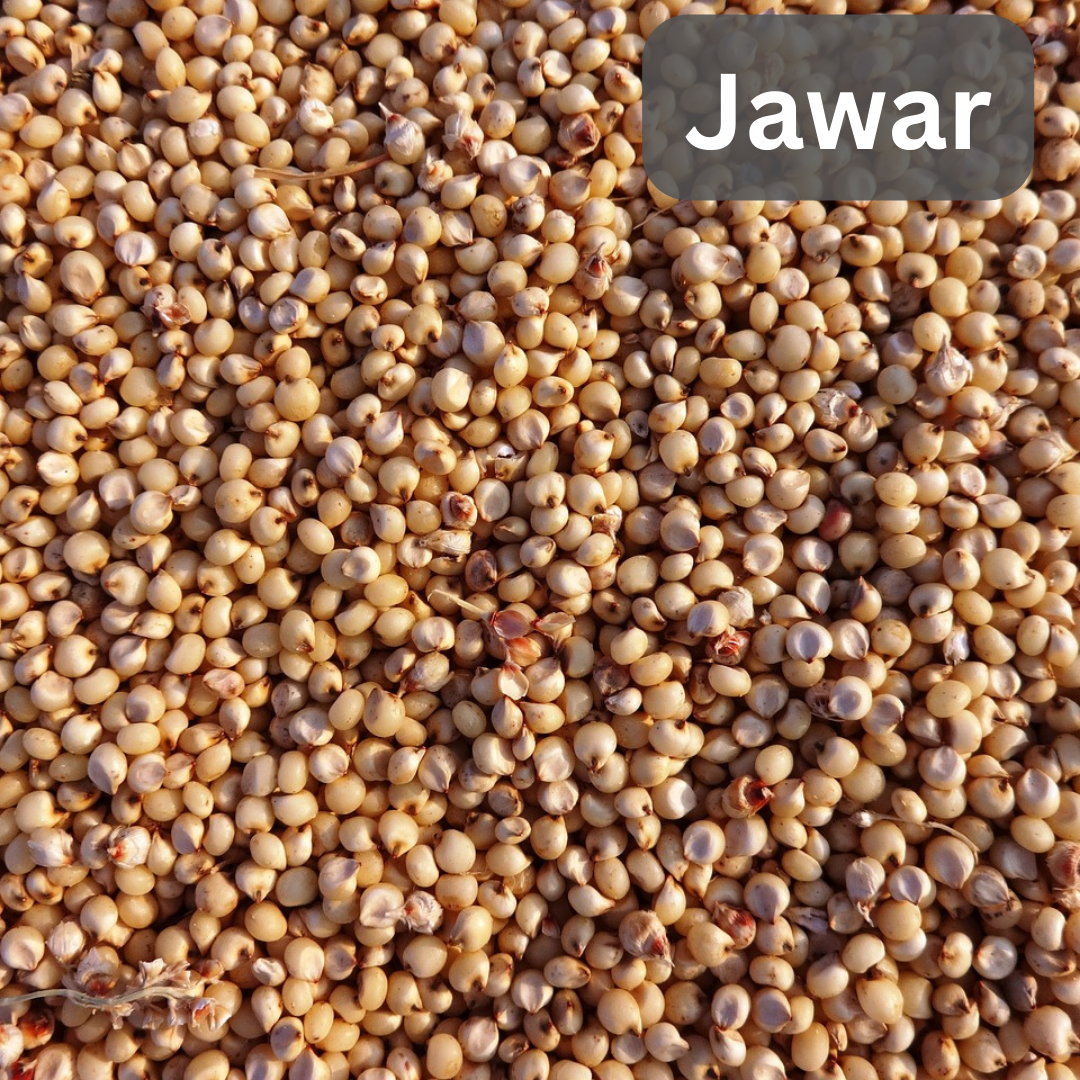Rice is a staple food for a significant portion of the global population, and its quality, uses, and various influencing factors play crucial roles in agricultural and food industries worldwide.
Quality:
Rice quality is determined by several factors, including grain size, shape, color, aroma, texture, and cooking characteristics. High-quality rice typically has uniform grains, minimal broken kernels, pleasing aroma, and desirable cooking properties such as fluffiness and stickiness. Factors such as milling degree, moisture content, and presence of impurities also influence rice quality.
Uses:
Food Consumption: Rice is a primary food source for billions of people, particularly in Asia, where it serves as a staple in numerous cuisines. It can be consumed as whole grains, milled into white or brown rice, or processed into products like rice flour, rice noodles, and rice cakes.
Culinary Applications: Rice is incredibly versatile and used in a wide range of dishes, including stir-fries, curries, sushi, risottos, and desserts. Its neutral flavor and ability to absorb other flavors make it a popular ingredient in diverse cuisines around the world.
Industrial Uses: Beyond food, rice has industrial applications in industries such as cosmetics, pharmaceuticals, and brewing. Rice bran oil, for example, is extracted from the outer layer of rice grains and used in cooking oil, skincare products, and dietary supplements.
Influential Factors:
Varietal Characteristics: Different rice varieties exhibit distinct qualities and characteristics, including grain size, shape, and cooking properties. Factors such as genetic traits, cultivation practices, and environmental conditions influence varietal characteristics.
Growing Conditions: Factors such as soil type, climate, water availability, and agronomic practices profoundly impact rice quality and yield. Optimal growing conditions promote healthy plant growth and development, leading to better-quality rice grains.
Post-Harvest Handling: Proper post-harvest handling, including drying, milling, and storage, is critical for preserving rice quality. Inadequate drying or storage conditions can lead to moisture-related issues, pest infestation, and quality deterioration.
Processing Techniques: Rice processing methods, including milling, polishing, and parboiling, affect the appearance, texture, and nutritional content of the final product. Careful processing techniques help maintain rice quality and meet consumer preferences.
In conclusion, rice is a versatile and essential crop with diverse uses across food and industrial sectors. Understanding the factors influencing rice quality and implementing appropriate cultivation, processing, and handling practices are essential for producing high-quality rice and meeting the demands of global markets
